Most model railroaders strive for accuracy in the construction of their model railroad layout. Of course there are modelers who do not, and of course “accuracy” means different things to different modelers, but broadly, accuracy, in one form or another, is the target for most model railroaders. When constructing their model railroad layouts, many modelers choose to set their creation in the 1950s. For some, the 1950s reminds them of their childhood, of fond, formative memories spent railfanning or learning how to run their first train around the Christmas tree. For others, the 1950s represent an inflection point in American railroading. The 1950s mark the peak of what is known as the transition era, when railroads began to retire their steam locomotive roster in favor of burgeoning diesel motive power.

The transition era, which started in earnest in the 1940s and continued on into the 1970s, allows modelers to operate a wide variety of equipment on their layouts, and perhaps no decade of the transition era is more versatile than the 1950s. Modelers choosing to set their layouts in the 1950s can simultaneously run big, powerful steam locomotives alongside diesel switching locomotives and streamlined passenger trains.
How, though, do modelers achieve accuracy on their 1950s-set layouts? Again, the answer lies in how one defines accuracy. However, there are steps that all who are interested in accurately re-creating the 1950s on their model railroad layout may take.
Do your research
It can be difficult conjuring a clear image of what the world looked like a few years ago, let alone 70-odd years ago. To get an idea of what things looked like in the 1950s, studying reference materials from that period is essential.
There are myriad photo books available, and of course the internet is rife with valuable material. Classic Trains, and the Photo of the Day series, are well-curated resources for those interested in modeling the 1950s. Keep in mind when looking at archival photographs that you should be looking at more than just railroad materials. After all, your layout is more than just a railroad. Focus on structures, signage, vehicles, pedestrians, and more. Details so often make the difference, and a few well-placed details can do a lot for immersion and accuracy.
1950s locomotives for model railroaders
As previously mentioned, the 1950s marked an important inflection point for American railroads, as steam power was phased out in favor of diesel.
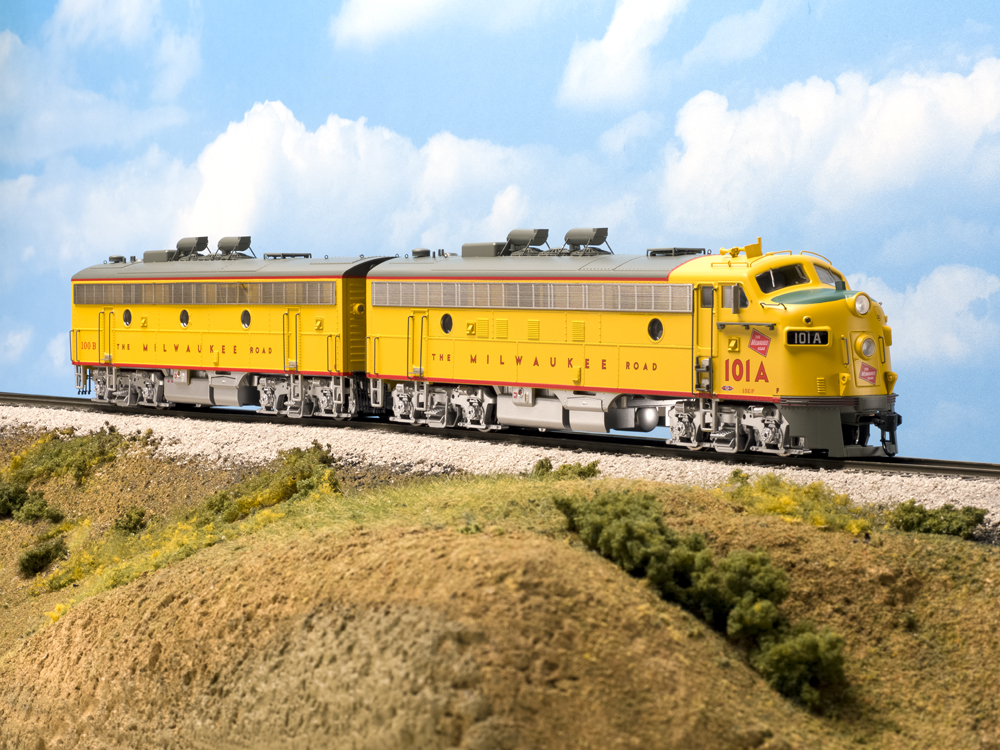
Despite this period of transition, steam locomotives seen on America’s railways continued to be diverse, reflecting the custom designs specific to each major railroad. Alternatively, diesel locomotive designs were more standardized, mainly due to mass production benefits. They featured configurations like switcher, cab or carbody, and road switcher, allowing versatility in service roles. Six major builders operated during this era, with Electro-Motive Division being the largest. Other significant diesel manufacturers included Alco and Baldwin, among others.
Locomotive aesthetics
Steam locomotives were largely black in color, while diesels were more often than not painted in fresh, bright paint schemes. Streamlined diesel locomotives headed sleek, sophisticated passenger trains, and big, boxy diesels commonly led freight trains.
1950s passenger operations for model railroaders
The post-World War II era saw an influx of streamlined, lightweight cars replacing older heavyweight models. While the 1950s were not the first time these streamliners appeared, many consider the 1950s to be their apex, as railroads began to recognize the decline in passenger service profitability by the end of the decade. Dome cars – passenger cars with glass roofs which offered stunning, scenic views to passengers – were popular, particularly in the Western United States.
Rail Diesel Cars (RDCs), introduced in 1949 by Budd Co., were self-propelled and widely adopted for both commuter and long-distance services across 28 railroads. These versatile cars helped railroads maintain passenger service on less profitable routes and are an important feature for any 1950s model railroad that includes passenger operations.
Types of Passenger Trains
High-profile long-distance trains like the New York Central’s 20th Century Limited and Santa Fe’s Super Chief ran several hundred miles without coaches, emphasizing luxury with sleepers and diners. Regional trains covered routes of 100 to 500 miles and featured fast service between urban centers with minimal head-end cars for a sleeker travel experience. Both types of service represent the diversity of passenger operations during this era.
Carbuilders of the 1950s
American Car & Foundry, Budd Co., and Pullman-Standard were the key manufacturers of the 1950s, each contributing unique designs and innovations to the passenger rail industry. Including cars from these builders adds authenticity to a 1950s-set layout.
1950s freight operations for model railroaders
While passenger trains often receive more attention from railfans, freight was significantly more important – which is to say more profitable – to railroads. Unlike today’s centralized operations, the 1950s featured smaller, more localized operations with numerous smaller yards and local freights. Boxcars and hoppers dominated the freight landscape.
Unique freight features
The 1950s were a golden age for freight-car liveries and lettering. Many roads replaced durable but drab boxcar red on at least some of their cars with eye-catching, multi-color liveries. These freight cars were also free from the graffiti endemic to modern-era freight railroading.
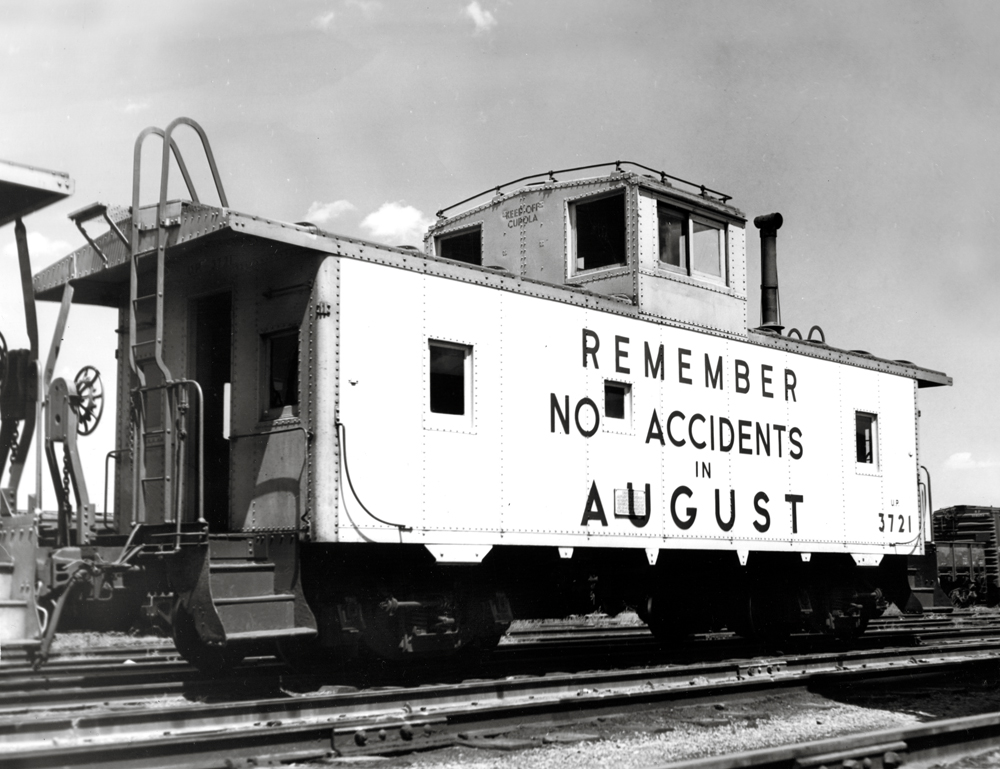
Perhaps the most appealing aspect of 1950s freight trains – at least for railfans and modelers – are the cabooses. The vast majority of freight trains ran cabooses, and there were a myriad of designs, many designed specifically for their railroads and featuring designs specific to their location, like wood-fired stoves for Northern railroads to keep their crews warm in the winters. These cabooses offer visual flair and an opportunity to further the realism of your freight operations and your layout alike.
Click here to learn more about how to build a transition era model train.
Environmental details
Studying the architecture and structures of the 1950s will yield great insight into what the world of your layout should look like. After your trains, the structures present on your layout, and the manner in which they are laid out, will likely be the next thing to catch the eye of a viewer, so pay close attention to what you are placing, and where. The landscape of the 1950s was rich with diverse structures, from grand stations to small shanties. Post-war housing was being constructed, and the 1950s saw the dawn of the American suburb in earnest.
Click here to learn more about how to build a transition-era locomotive terminal.
In addition to structures, consider signage – period-appropriate product advertisements and political campaign posters are an easy way to add verisimilitude to your layout. Eisenhower won the Presidency in both 1952 and 1956, but if possible, think beyond the national campaigns of the era and get region specific. For example, if your layout is set in Illinois during 1956, you could include posters for the gubernatorial campaigns of William Stratton or Herbet Paschen, or depending on your layout’s relative proximity to Chicago, the mayoral election of 1955, which saw Richard Daley run against and eventually defeat Robert Merriam. With just a bit of research, you can use region-contextual information to add specificity to your layout
The suburban boom in post-war America necessarily went hand-in-hand with a rise in car ownership and the birth of the American highway system, so depending on where your layout is set, consider adding a highway populated with period-appropriate cars and trucks. The post-war manufacturing boom of the 1950s resulted in a dominance of domestic auto manufacturers, among them General Motors and Ford. Perhaps foremost among the many iconic cars of the 1950s is the Chevrolet Bel-Air, considered by many to be the pinnacle of 1950s design, with smooth curves, fins, chrome trim and bright paint colors. Beyond the Bel-Air, the Ford F-series of trucks were among the best-selling vehicles of the decade.
The 1950s offer a unique and dynamic era for model railroaders to explore, particularly given the abundance of changes in locomotive technology. The coexistence of nostalgic steam designs alongside sleek, powerful new diesel aesthetics captured the imaginations of rail enthusiasts at the time, and continues to appeal to modelers today. The best advice for model railroaders interested in re-creating the 1950s on their layout is this: Do your research. It’s a mentally stimulating activity that is likely to pay dividends in one’s ability to realistically model the 1950s on a model railroad.
More decades
Interested in modeling the 1940s? Click here for tips on accurately modeling the 1940s!
Interested in modeling the 1960s? Click here for tips on accurately modeling the 1960s!







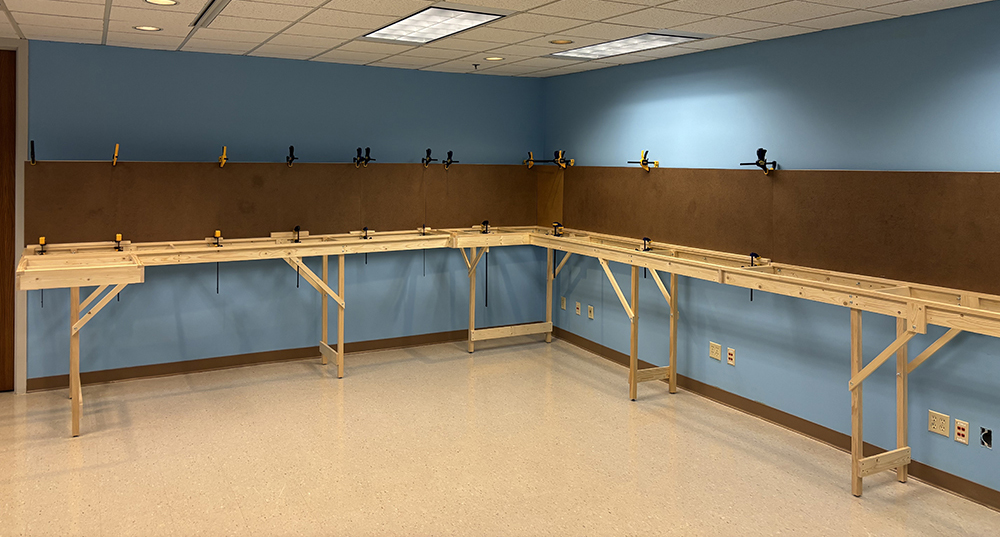
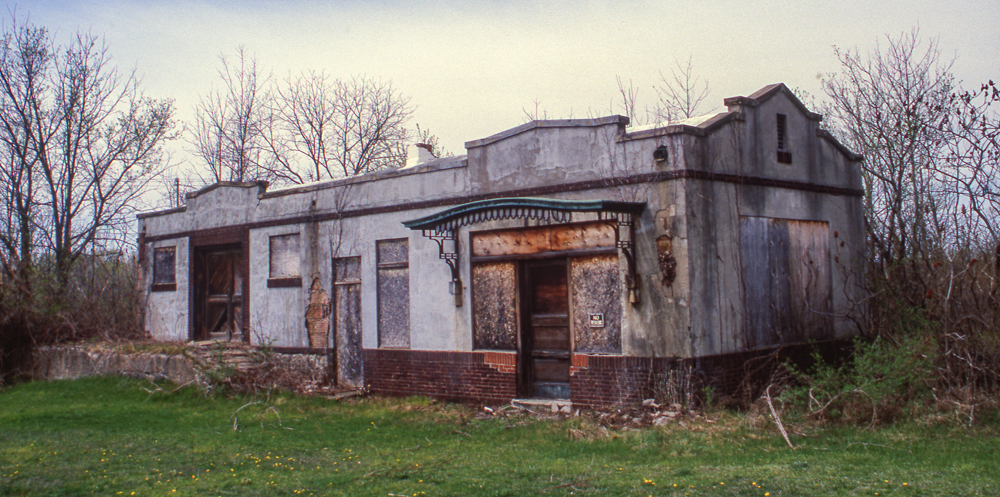
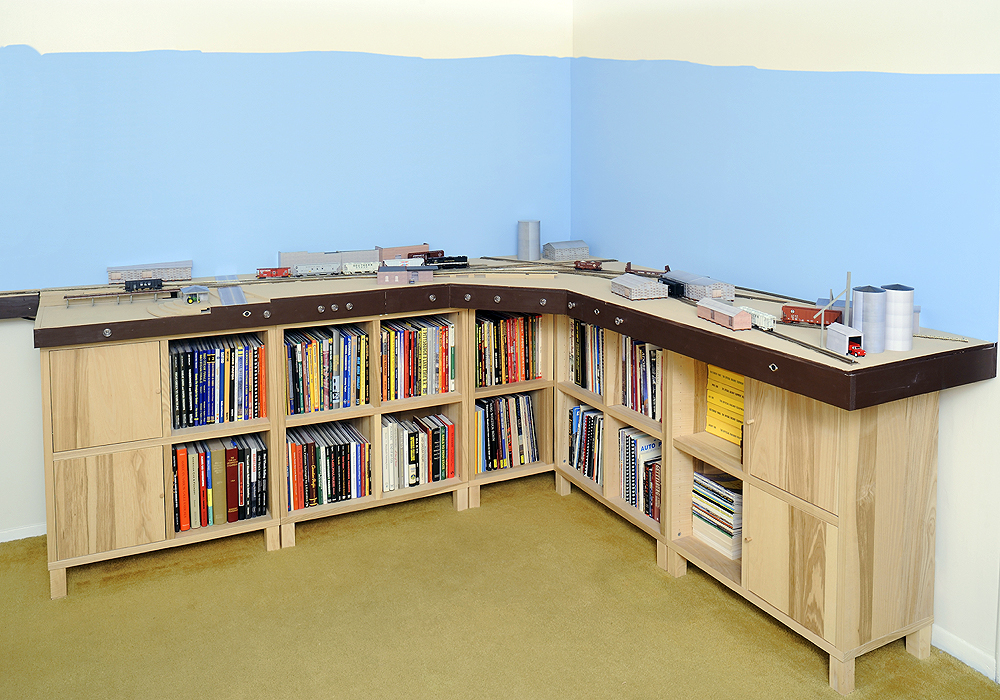
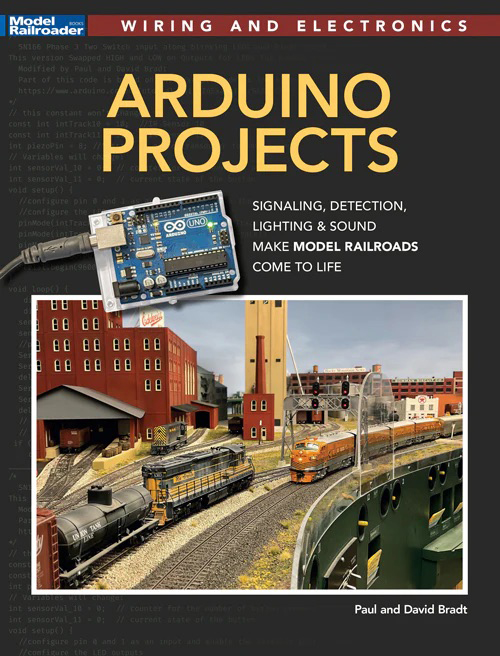
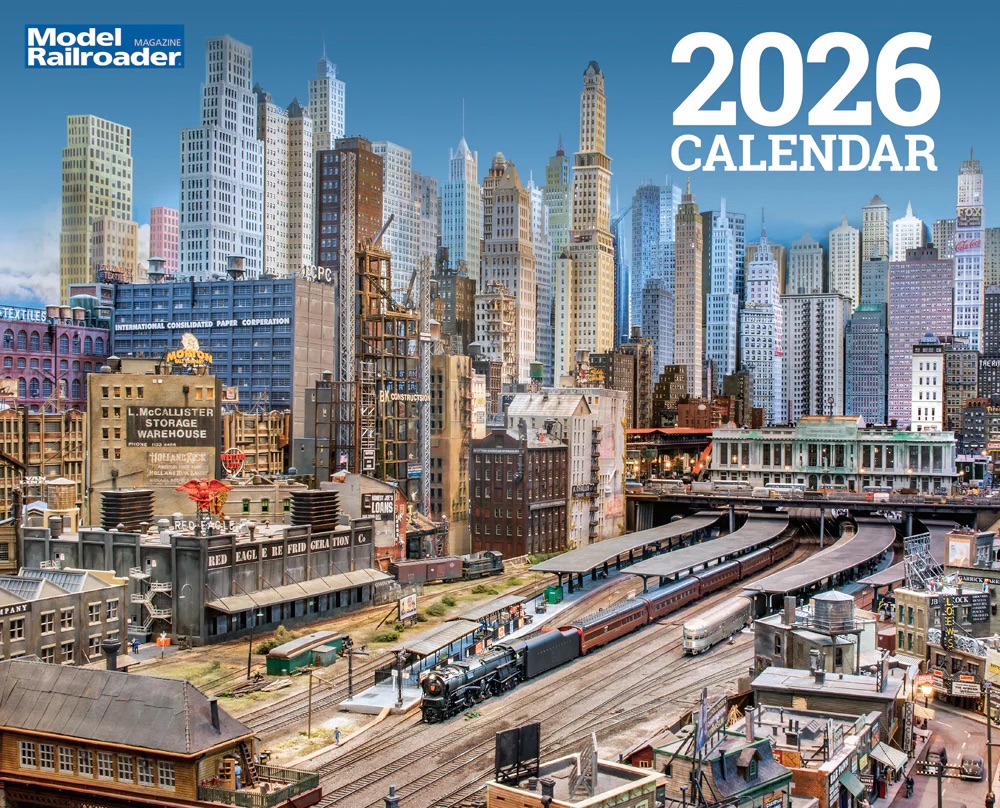
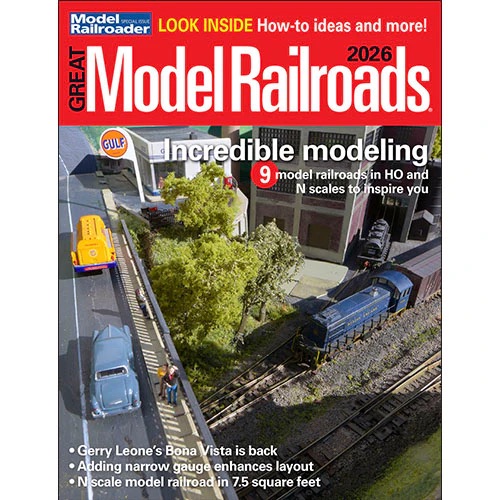
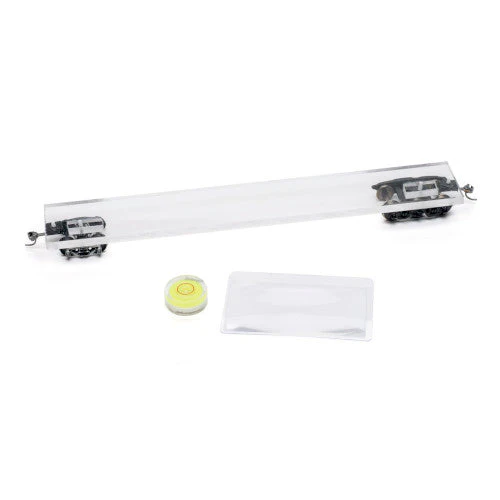
When doing research, don’t forget original sources: 1950s magazines, newspapers, phone books, and movies for ideas about structure and scenic detailing, billboards, lineside industries and neighborhood businesses, etc. You will probably turn up something nobody else has thought to include or copy down from a popular modeling manual.
Great choice of L&N for transition photo. Also like the extra links (like working footnotes)
Thanks for interesting piece.
-jkelty